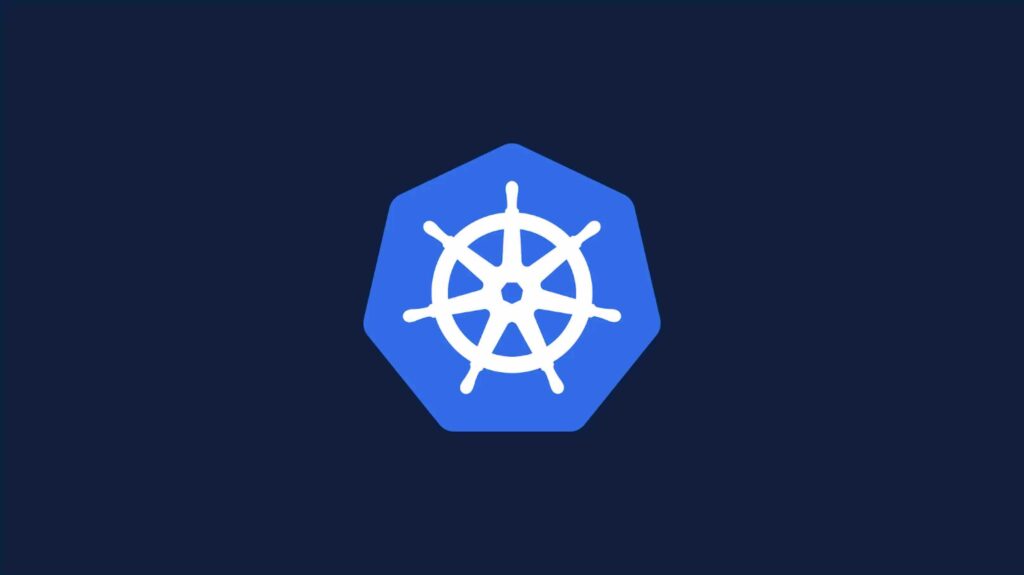Part I: Laying the Groundwork – Preparing for the Transition

Introduction
Transitioning from a familiar environment to a new one is a substantial task that demands careful forethought and strategic planning. Part I of our series on moving stateless Node.js API workloads from Amazon EC2 to Amazon EKS spotlights the importance of understanding your existing setup, assessing dependencies, and crafting a comprehensive migration plan.
Please remember that this guide is specifically tailored to stateless workloads and does not delve into issues related to databases or stateful services.
1. The Art of Planning Your Migration
Migrating an application from EC2 to EKS is not just a technical change; it also has ripple effects on your application’s functionality and various dependencies. The first step in any significant migration is meticulous planning, involving the following aspects:
a. Dependencies and Organizational Considerations
Legacy Node.js services may have dependencies on other services or organizational ties. These could range from other services consuming your API, to specific teams such as Data Engineering relying on your logs. Each factor must be carefully considered in your transition plan.
Evaluate if the migration will impact the API contract and communicate any necessary changes to the teams of consumer services to avoid disruptions. Furthermore, ensure the log format and access are either maintained in the new environment or any changes are effectively communicated to relevant teams. AWS CloudWatch Logs can provide an efficient logging solution in the EKS environment.
b. Phased Transition
For services handling substantial traffic, a phased migration minimizes potential downtime and risk. Start by running a parallel environment with a portion of traffic routed to the new EKS service. Gradually increase the EKS traffic as the setup’s stability is confirmed, until the EC2 service is entirely phased out.
c. Autoscaling Considerations
If your current EC2-based setup uses Autoscaling, understand how it works and how it can be migrated to the EKS environment. Kubernetes has its own autoscaling capabilities, like the Horizontal Pod Autoscaler (HPA) and the Kubernetes Cluster Autoscaler. The HPA scales your pods based on observed CPU utilization (or custom metric support), and the Cluster Autoscaler adjusts the size of the Kubernetes cluster when there are insufficient resources for new pod allocation or when some nodes in the cluster are underutilized and their pods can be rescheduled onto other nodes in the cluster. You will need to understand these systems and configure them to match your application’s requirements.
2. Capacity Planning and Future Growth
One of the essential components of migration planning is capacity planning. Capacity planning involves a comprehensive understanding of the infrastructure necessary to run your Node.js API workload on EKS effectively. Key components to consider are:
Nodes: Determine the number of worker nodes required to ensure the smooth functioning of your application. This would depend on your application’s scale and the expected load.
Elastic IP Addresses: The number of Elastic IP addresses you would need depends on your application’s architecture and the networking design in your EKS cluster.
CNI: The CNI (Container Network Interface) plays a crucial role in defining the network connectivity for your containers. AWS provides a CNI plugin for Kubernetes, but you can choose one that suits your requirements best.
Instance Type: AWS provides a wide variety of EC2 instance types. Determine the instance type that offers the resources (CPU, memory, network performance) that your application needs.
Beyond immediate requirements, anticipate how your application will scale over the next year or more. Make sure your infrastructure can accommodate this growth. Account for factors such as increased traffic, addition of new features, and other potential scalability requirements.
3. Preparing Your CI/CD Pipelines
When transitioning to EKS, your CI/CD pipelines may need significant modifications. Your existing pipelines, tuned for deploying applications on EC2 instances, may not work ‘out of the box’ with EKS. Consider these aspects:
Containerization: As you will be containerizing your Node.js application to run in EKS, your CI/CD pipeline will need a step to build a Docker image from your application’s Dockerfile.
Helm or Kubectl Deployments: The deployment process in your CI/CD pipeline will also change, as you’ll need to apply Kubernetes manifests, or helm charts to deploy your application in the EKS cluster.
Testing: Depending on how your testing is setup, you may also need to adapt it to run against an EKS environment.
Take time to analyze and refactor your CI/CD pipelines as necessary. This step is crucial in ensuring a seamless development and deployment process post-migration.
4. Monitoring and Logging
Monitoring and logging are key aspects of maintaining any production-grade application. When migrating to EKS, you need to consider how you will handle these for your Node.js application.
If your current monitoring and logging solutions are compatible with Kubernetes, you should plan how to integrate them with your EKS environment. If not, you’ll need to find suitable alternatives. AWS offers solutions like CloudWatch and X-Ray for monitoring and logging, but there are also many other third-party solutions available.
This transition also presents an excellent opportunity to enhance your monitoring and logging setup. Consider how you can leverage the capabilities of Kubernetes and EKS to gain better visibility into your application’s performance and behavior.
Conclusion
In conclusion, effective migration from EC2 to EKS requires comprehensive planning and considerations. From capacity planning to adjusting CI/CD pipelines, to planning monitoring and logging, each aspect requires attention to ensure a smooth transition and efficient operation post-migration. Stay tuned for Part II, where we will discuss setting up the EKS environment and preparing your Node.js application for migration.